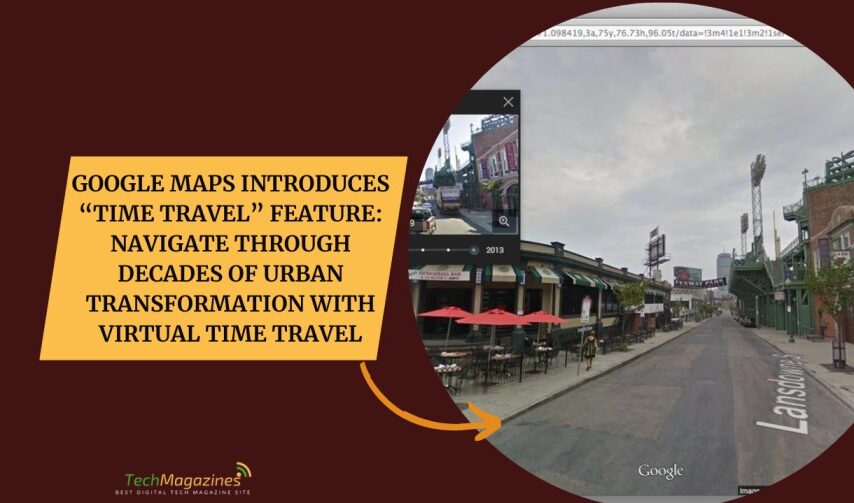Have you ever thought about how your city looked like before that faceless glass monstrosity of an office building took the place of your beloved independent bookstore? Google Maps has recently introduced a feature that is essentially a time machine without the need for a Delorean. Now, you can travel back in time and witness how the places have changed (or, to be more precise, how they have been turned into unrecognizable gentrified areas).
How to Use Google’s “Time Travel” Feature?
Surprisingly, getting into Google’s temporal wormhole is rather easy. All the user has to do is open Google Maps or Google Earth, choose a location, and go to the layers where the time lapse is located. This virtual tool enables users to navigate through historical images like a detective.
Apart from that, it is useful for urban planners, historians, and architecture lovers who are interested in the changes of the landscape. Curious about the gradual extinction of family-owned diners? Or perhaps the relentless spread of shopping complexes? These geographical ghosts are still intact in the Google digital memory. That is, Google is not just mapping our world but archiving its change, at least as seen from space, through satellite images. It is now possible to take a virtual tour of the past by just a click of the button.
What Users Can See?
Google Earth lets you time travel now pic.twitter.com/HnOzf3JCvQ
— Mashable (@mashable) February 28, 2025
Google’s new “Time Travel” is a virtual guide for history enthusiasts who no longer need to wait for the TARDIS. It is now possible to walk through pre-war Berlin or see cafés of 1950s Paris where existentialists contemplated the meaning of life. The technology gives a viewer an opportunity to see the major cities in their current state as well as in the 1930s and witness the process of transformation, war consequences, and modernization.
Although it is not as exciting as stepping into the TARDIS in Doctor Who and traveling through time and space, this digital time capsule offers the same sort of experience, but without the temporal loops or the dust on the books.
Street View: Sharper, Deeper, More Addictive
Google does not stop with temporal manipulation and it has an incredibly vast Street View program. The technology company’s cars with cameras have captured 280 billion images globally, turning common displays into highly detailed windows. This massive collection is available to virtual visitors, history buffs, and people who want to remember the atmosphere of the neighborhood. Today, cities are built at once in the present and in the future, their histories and futures can be viewed with just a few mouse clicks. Thus, Google has gone beyond being just a cartographic service provider and has become an unintentional chronicler of change.
Final Words
Although, it is impossible to travel back in time and freely explore the past without worrying about the butterfly effect or accidentally becoming one’s own grandparent, Google has given a solution to this problem in the form of time machine. It is a constant reminder of the development that is happening in cities as they undergo transformation in this feature. Whether you are saddened by that peculiar record shop that has become a Starbucks or just wondering how your suburb looked in the 1950s, Google has neatly parcelled time into a mouse click. The past may be another country but now it is just a click away, so no need for a flux capacitor.








